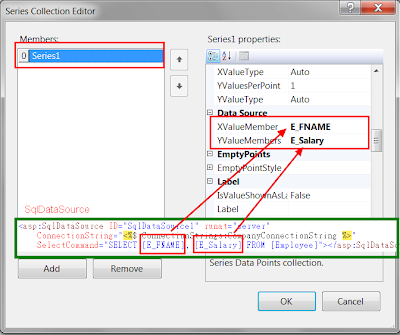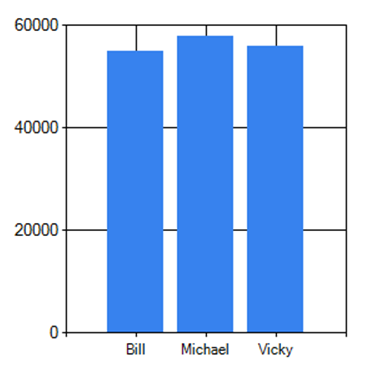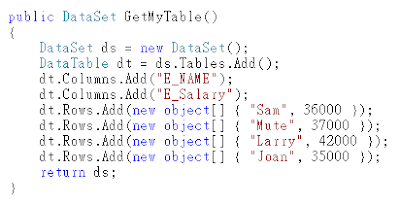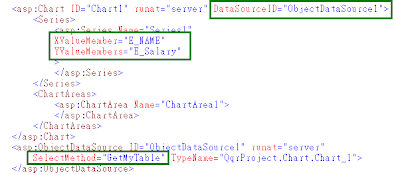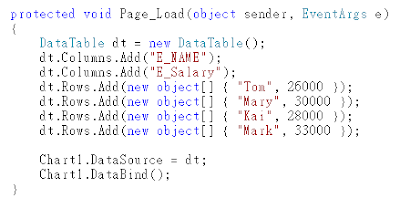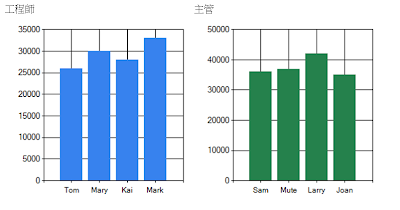距離上次 World Community Grid 啟動的新專案 –
Help Fight Childhood Cancer 不久,前幾天收到 World Community Grid 寄來的信,最近開始了一個新的 Research Project
-
Influenza Antiviral Drug Search,顧名思義,就是要研發對抗流感的藥物,主要針對那些已經對一般藥物產生抗藥性的強大流感病毒。
如果你不想讓你的 CPU 繼續吃閒飯,那麼可以藉由這個機會加入這個人類對抗病毒的大戰!!
Mail 的內容如下:
Title: World Community Grid - You Can Help Fight Influenza!
World Community Grid has started a new research project that will use your donated computer time to find new drugs that can stop the spread of an influenza infection in an individual. The research will specifically address the influenza strains that have become drug resistant, as well as new strains that are appearing. Your computer will help identify the chemical compounds that are the best candidates. This will accelerate the efforts to develop treatments that would be useful in managing seasonal influenza outbreaks and future influenza epidemics.
If you are currently contributing and want to check to see if you are contributing to this project,
click here. If you are no longer contributing but would like to contribute to this project, please
click here.
For more information about the
Influenza Antiviral Drug Search project or other projects running on World Community Grid, please
click here.
Influenza Antiviral Drug Search 計畫首頁的說明如下:
Project Status and Findings:
If you have comments or questions about this project, please visit the
Influenza Antiviral Drug Search forum. For specific questions about the project, please go to the
Influenza Antiviral Drug Search FAQs.
Mission
The mission of the Influenza Antiviral Drug Search project is to find new drugs that can stop the spread of an influenza infection in the body. The research will specifically address
the influenza strains that have become drug resistant as well as new strains that are appearing. Identifying the chemical compounds that are the best candidates will accelerate the efforts to develop treatments that would be useful in managing seasonal influenza outbreaks, and future influenza epidemics and even pandemics.
Significance
Hundreds of thousands of people around the world die each year as a result of influenza infections. If a particularly virulent strain emerges that is readily transmitted among humans, a pandemic can potentially kill millions of people. The influenza virus mutates rapidly and therefore new varieties of influenza appear each year. Influenza vaccines are designed to anticipate the strains likely to be prevalent for the next flu season but can often miss newly evolved varieties. While drugs such as oseltamivir (commercial name Tamiflu) and zanamivir (commercial name Relenza) help keep influenza from spreading in the body, they do not work for all types of influenza and new drug resistant forms of influenza evolve and cannot be treated with these drugs. When drug resistant strains emerge, manufacturers designing vaccines may not be able to respond quickly enough to prevent a large outbreak of the disease. This project will search for promising new drug leads that stop the replication of the influenza viruses within the body, potentially helping patients who are not immune to a particular form of influenza. The discovery of both broad-spectrum and specific antiviral drugs is expected to significantly improve global health.
Approach
One promising approach to combat these viruses and prevent them from causing disease is to develop new drugs that inhibit neuraminidase (N1, N2, etc), NS1 protein, hemagglutinin, and possibly other targets that influenza needs to spread in the body. Using the known chemical structures of these target molecules, the project will perform
virtual chemistry experiments and determine which of millions of known compounds attach to these target molecules in a manner that can disable or inhibit them, thus potentially keeping the influenza virus from spreading in the body. These experiments are performed using a program called
AutoDock, from the Scripps Research Institute. This software is used for several other projects on World Community Grid. These include
FightAIDS@Home,
Discovering Dengue Drugs - Together, and
Help Fight Childhood Cancer projects. Once drug candidates are identified using World Community Grid, then additional laboratory work, testing and ultimately drug trials will be required. This will likely not lead to any immediate treatments for influenza during the current H1N1 outbreak. However, influenza viruses cause
recurrent seasonal disease outbreaks and have the potential for evolving into dangerous forms. Thus, proceeding on this project at this time will give us a better chance to be prepared for more serious outbreaks in the future.
In an effort to spread the words about WCG, I will include a link to my last post about WCG – here it is:
Help Fight Childhood Cancer











